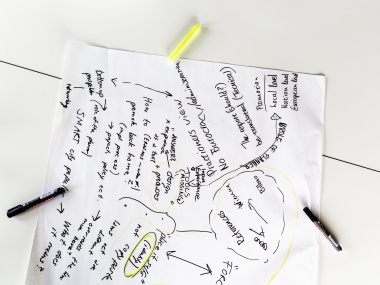Mid term conclusions on how to reinvent the fringe of the city
Edited on
16 November 2017The URBACT III network sub>urban. Reinventing the fringe is half way the project term, making it an ideal moment to look back on intermediate results. At the same time the EUROCITIES project Edge-of-Centre Transformation has come to a conclusion and bundled their results into a final report. Both partnerships have joined forces since they are looking at the urban transformation of the same areas: the edges of the historic centres, also named the fringe. From June 12 until 14 all partner cities of the two networks joined in the heart of Europe to discuss these results. The participating cities are Amsterdam, Antwerp, Baia Mare, Barcelona Metropolitan Area, Brno, Casoria, Düsseldorf, Gothenburg, Oslo, Nacka, Solin, Stockholm and Vienna. On June 13 Alderman Rob Van de Velde (Antwerp) and Vice Mayor Hanna E. Marcussen (Oslo) hosted the conference for politicians and practitioners from the city to the European level.

What makes the fringe a good solution?
For the past two decades, urban development and planning in Europe has had a strong focus on the renewal of metropolitan cores and historic inner cities. This has resulted in many successful urban renewal programmes. However, many inner cities seem to have reached their peak in terms of density, as a result of housing improvement programmes and replacing traditional industries with offices and flats. Much of the edges of the urban centres have not been in the picture till now, as growth has often spilled out in suburban sprawl. These fringes are now ready for change, through new kinds of renewal and densification. This situation cannot be ignored, as the urban fringe provides cities with a huge potential to adapt and accommodate future growth without sprawl, through modernising yesterday’s car-based, dormitory suburbs.
Sub>urban and Edge-of-City Transformation recognise this potential in the fringe. Challenges and solutions of this research can be found in part 1 of this special edition of the Book of Ideas. Inspirational exemples are shared in part 2.
More information can be found in a previous article on the Mid term meeting.

Submitted by isabel.michiels... on
